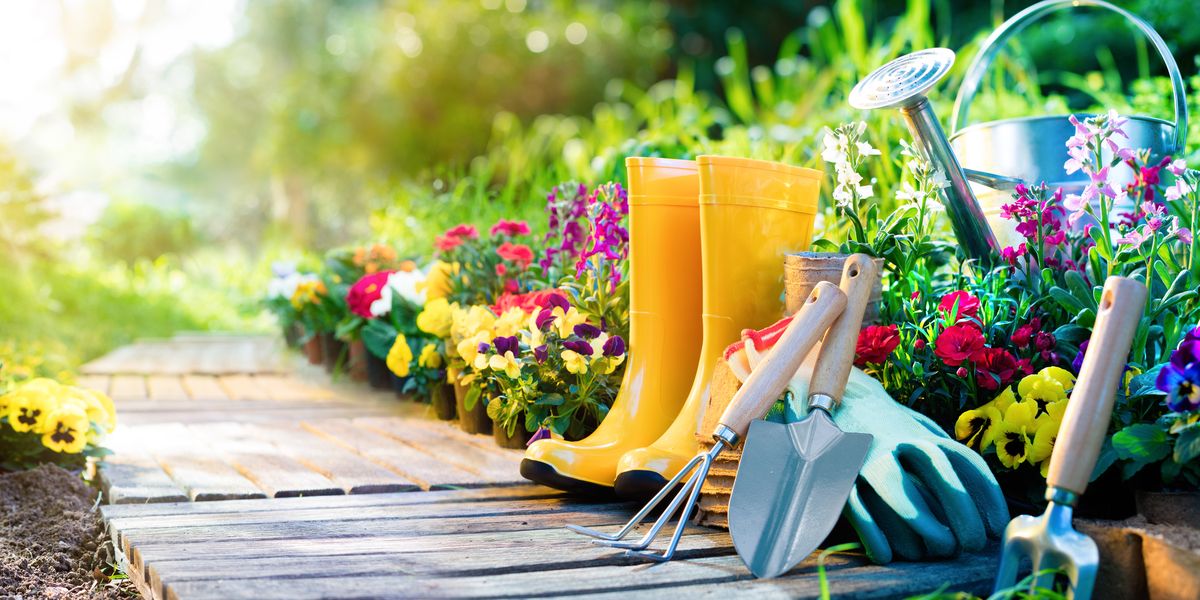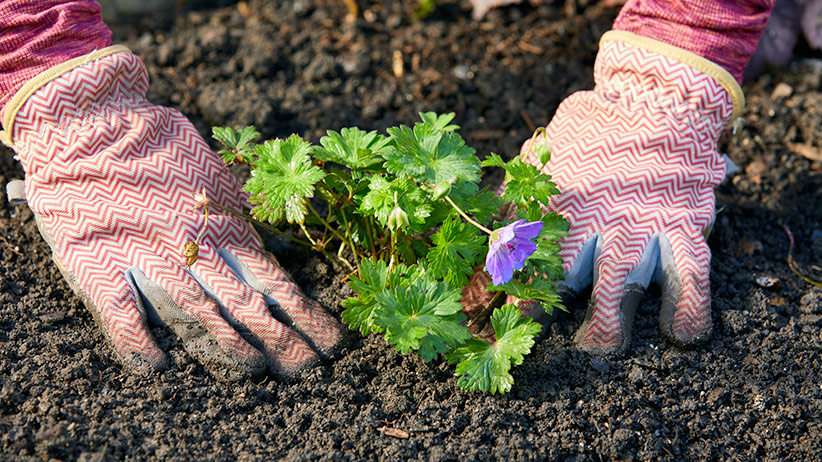Home Gardening for Beginners: Developing a Flourishing Indoor Sanctuary
Wiki Article
Beginning With Gardening: Important Tips for Beginners
With so many plants, tools, and methods to consider, where does one also start? We will review the importance of choosing the right plants for your room and environment, as well as comprehending soil wellness and exactly how it impacts plant growth. In addition, we will certainly explore the important devices every garden enthusiast need to have and appropriate watering methods to make certain plant health and wellness - backyard gardening for beginners.Picking the Right Plant Kingdoms
1. Begin your horticulture journey by carefully picking the ideal plants for your certain requirements and growing problems. Choosing the right plants is critical for a successful yard. Before purchasing any plants, it is necessary to consider different factors such as environment, sunlight exposure, dirt type, and readily available space.To start with, research study the environment in your location to identify which plants appropriate for your region. Some plants prosper in completely dry and warm conditions, while others choose cooler temperatures and more wetness. Understanding your climate will help you pick plants that have a higher possibility of survival and development.
Second of all, review the amount of sunlight your garden receives throughout the day. Different plants have different light demands, with some requiring complete sun, while others grow in color. By matching the light requirements of your plants with the offered sunlight in your garden, you will certainly enhance their growth potential.
Third, think about the sort of dirt you have. Some plants favor well-draining dirt, while others grow in clay or sandy dirt. Conduct a dirt examination to establish its pH degree and nutrient web content, as this information will guide you in picking plants that can thrive in your soil conditions.
Lastly, assess the available area in your garden. Consider the fully grown dimension of the plants you are interested in and ensure they have enough room to grow without congestion. This will avoid competition for nutrients and sunlight, advertising much healthier plant development.
Recognizing Dirt Wellness
To proceed our conversation on choosing the right plants for your garden, it is important to comprehend the value of soil health. The health of your dirt straight affects the development and success of your plants. Healthy and balanced dirt offers important nutrients, water, and oxygen to plant roots, permitting them to flourish. It likewise supports beneficial microbes that damage down raw material and make nutrients readily available to plants.One critical element of soil health and wellness is its composition. Various plants have different dirt preferences, so it is essential to comprehend the characteristics of your soil. Soil is usually made up of 3 main parts: silt, sand, and clay. The ideal dirt composition for the majority of plants is a balance of these 3 components, understood as loam dirt.
Most plants choose a slightly acidic to neutral pH, around 6.0 to 7.0. Some plants, like blueberries, like more acidic soil, while others, like lavender, prosper in alkaline problems.
To establish the health of your soil, you can conduct a dirt examination. This test will offer useful info concerning the nutrient degrees, pH, and composition of your soil. Based on the results, you can then make any necessary modifications by including raw material, fertilizers, or soil changes.
Necessary Tools for Horticulture
When beginning a garden, having the right devices is crucial for success. Whether you have a small balcony yard or a big yard, there are a few important tools that every garden enthusiast should have. The very first tool you'll need is an excellent set of horticulture gloves. These will safeguard your hands from thorns, dirt, and other possible dangers. A strong trowel is likewise necessary for excavating holes, transplanting seedlings, and loosening up dirt. A yard fork is an additional essential tool, as it is ideal for passing on dirt and separating clumps. A watering can or hose with a spray nozzle is necessary to give your plants with the ideal amount of water. Additionally, a pair of trimming shears is necessary for trimming and shaping plants. A yard rake is beneficial for leveling dirt, eliminating debris, and spreading out mulch. Spending in high quality devices may appear costly upfront, yet they will last much longer and make your gardening experience extra efficient and satisfying. Remember to tidy and store your devices effectively after each use to guarantee they remain in excellent condition. With these necessary tools, you'll be well-equipped to begin your horticulture journey.Correct Watering Strategies
Correct watering techniques are necessary for the success of your yard, as they guarantee that your plants get the appropriate quantity of water they need to prosper. Sprinkling your plants appropriately is important in preserving their health and wellness and performance. Here are a few necessary pointers to help you grasp the art of correct watering.
Second of all, it is crucial to water your plants at the correct time of day. Early early morning or late mid-day is the most effective time to water, as the temperatures are cooler and the water is less most likely to vaporize swiftly. Prevent watering throughout the best component of the day, as this can create water droplets to serve as magnifying glasses and burn the leaves.
Different plants have different water needs, so it is crucial to research study and recognize the water demands of each varieties in your garden. By tailoring your watering timetable to the demands of your plants, you can guarantee optimal growth and health.
Taking Care Of Conditions and pests
Implementing efficient insect and condition administration strategies is vital for maintaining the health and wellness and vitality of your yard. Illness and pests can create havoc on your plants, creating them to weaken, wither, and at some point die if left uncontrolled. With proper understanding and aggressive steps, you can lessen the damages and keep your garden thriving.Routinely examine your plants for any type of signs of problem or infection, such as eaten fallen leaves, blemished vegetation, or wilting. When you have actually recognized the parasite or condition, research study the finest techniques to manage or eliminate it.
Prevention is type in insect and disease management. Encourage a healthy and balanced yard atmosphere by exercising excellent hygiene, such as removing dead or worn out plant material and cleansing your devices routinely. Additionally, take into consideration friend planting, which involves expanding specific plants together to ward off insects or bring in valuable bugs that take advantage of pests.

Routine surveillance and upkeep are necessary to remain on top of any possible pest or disease problems. Taking positive actions and attending to issues without delay will aid make certain the overall health and performance of your garden.
Conclusion
Finally, horticulture can be a rewarding and enjoyable task for novices. By selecting the right plants, comprehending dirt health, utilizing important devices, practicing correct watering strategies, and managing bugs and conditions, novices can set themselves up for success in their gardening endeavors. With patience, devotion, and a little of knowledge, any person can create a green thumb and develop a growing and attractive yard.We will certainly review the relevance of selecting the right plants for your space and climate, as well as recognizing soil health and exactly gardening for beginners how it influences plant growth. Some plants like well-draining soil, while others flourish in clay or sandy soil. Conduct a soil test to identify its pH degree and nutrient content, as this info will direct you in picking plants that can prosper in your soil conditions.
Various plants have various soil preferences, so it is important to understand the features of your dirt. The ideal dirt structure for a lot of plants is a balance of these 3 parts, recognized as loam soil.
Report this wiki page